REAL Olive Oil is Fragile—Handle with Care!
If you do a lot of cooking with olive oil, then you’ll be glad for this information. When I say “olive oil,” I’m speaking of REAL, extra virgin olive oil. Extra virgin olive oil is fresh-squeezed juice. Consequently, it’s perishable and must be handled with care.
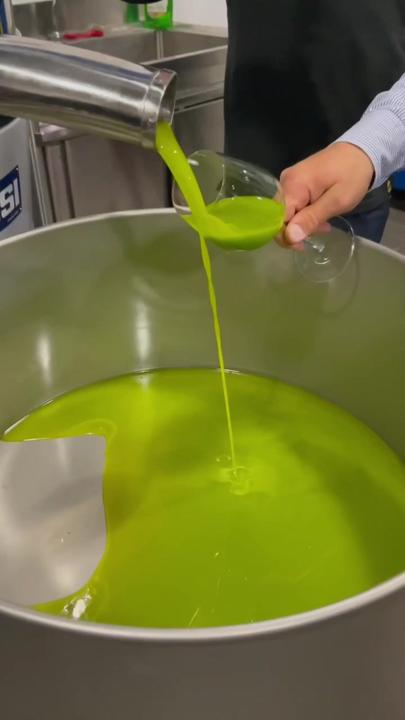
The first rule of thumb is to use it. There’s a tendency to save good quality extra virgin olive oil for special occasions, due to its cost. But while this is intuitive, it isn’t smart. Real extra virgin olive oil is a fresh product that should be consumed! Unlike wine, pure fresh olive oil doesn’t improve with age.
Once bottled, pure fresh olive oil has an 18-24 month shelf life, so it should be purchased within 12 to 18 months of its harvest date and then used up within six months of opening. Experts from artisan olive oil companies all go one further and recommend using up the oil within 30 to 60 days of opening. Remember, high-quality extra virgin olive oil provides the best health benefits and flavor when it’s fresh.
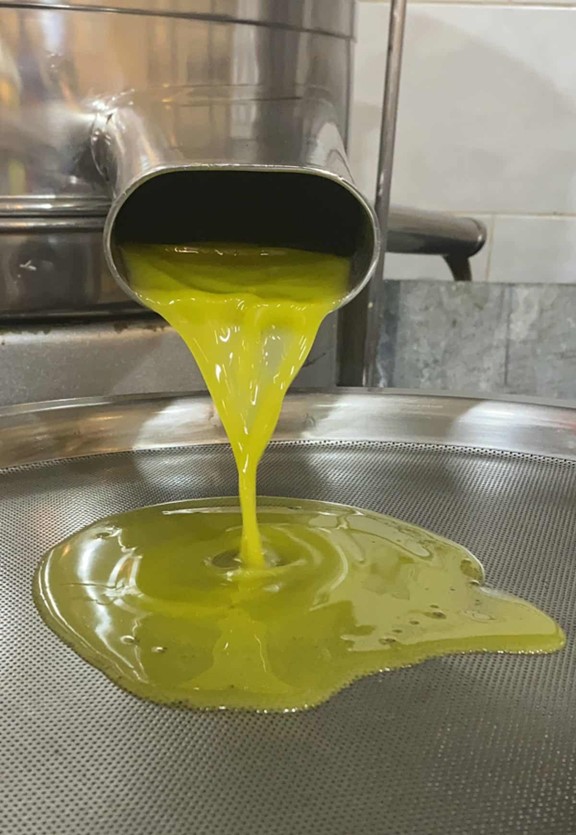
The next rule of thumb is to be vigilant in protecting it from light. Extended light exposure deteriorates the quantity and quality of a fresh olive oil’s antioxidants. You want oil that’s packaged in dark glass or tin, which is the first step in protecting it from light exposure.
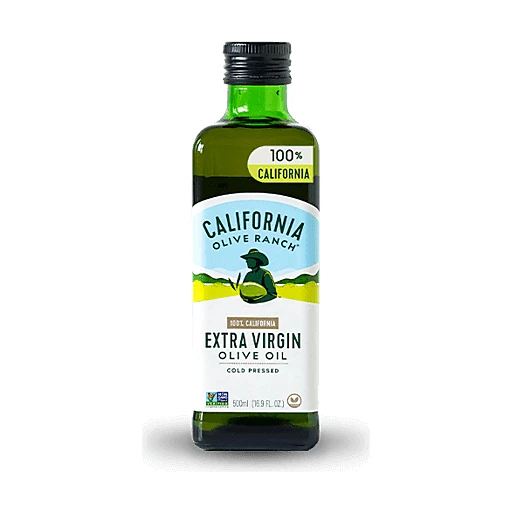
The last rule of thumb in handling your real extra virgin olive oil with care, is to not only keep it away from light, but also keep it away from air and heat. These elements accelerate the process of oxidation. Oxidation leads to rancidity. Oxidation occurs naturally over time, so this is exactly why you extra virgin olive oil should be used up within the first six months. (Pardon the redundancy here, but this advice cannot be stated enough.)
And even though those oil dispenser bottles with the silver tip that are found sitting near the stove, are lovely to look and at and pleasant to use, don’t do it. Olive oil should NEVER be stored next to the stove. Exposure to heat will ruin it. It’s also not recommended to store it in the refrigerator because condensation within the bottle may lead to off flavors. A cool, dark cabinet or pantry is always the best place for it.
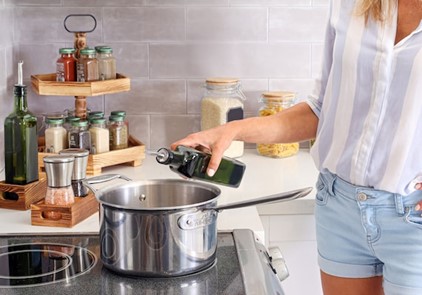
The optimal storage temperature for olive oil is 60 to 72 degrees F. Anything causes unpleasant flavors to develop.
So again, forgive the redundancy, but REAL fresh extra virgin olive oils are fragile and must be handled with care. Treat them properly.
Finally, one last bit of important advice: be sure you’re buying true certified extra virgin olive oil. WHY? Because today numerous olive oil manufacturers cut their product with rapeseed oil (aka canola oil) to increase their profit margin.
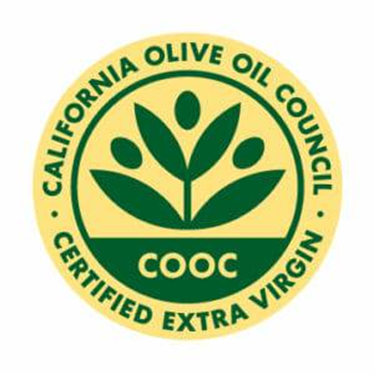
And don’t be fooled by fancy names and expensive price tags. Cutting olive oil is a common practice and the only way you know you’re getting 100% pure extra virgin olive oil is to look for reliable certifications on the label. One you can trust is from UC Davis—home of the California Olive Council. This nonprofit scientific lab tests oils from all over the world for their purity and only those that pass their rigorous testing receive their certification. You can read more at www.cooc.com.
I’ll close with an unusual way to prepare collard greens. This recipe is from the California Olive Oil Council site, but originated with Bon Apetit. It’s easy and a delicious way to get more greens into your diet. But beware: this recipe absolutely depends on the quality of your olive oil!
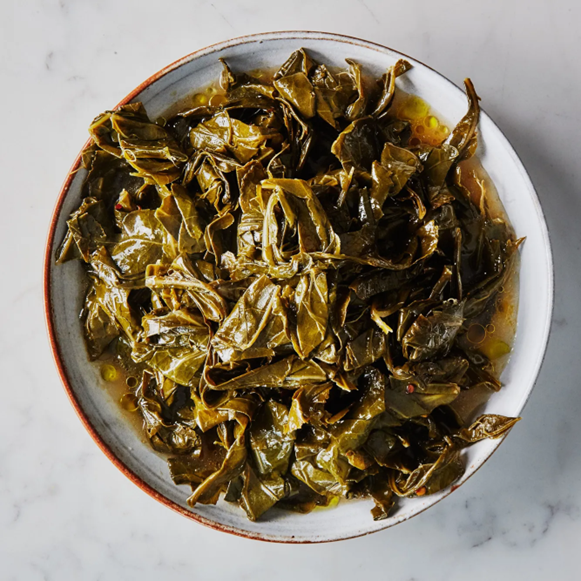
1/2 cup extra virgin olive oil plus more for drizzling
8 cloves garlic thinly sliced
1/2 teaspoon crushed red pepper flakes
2 bunches collard greens ribs and stems removed, leaves torn into 2" pieces
Kosher salt
1 tablespoon (or more) apple cider vinegar
1 pinch sugar (generous)
Directions:
Add Recipe to Cook'n
blog comments powered by Disqus

The first rule of thumb is to use it. There’s a tendency to save good quality extra virgin olive oil for special occasions, due to its cost. But while this is intuitive, it isn’t smart. Real extra virgin olive oil is a fresh product that should be consumed! Unlike wine, pure fresh olive oil doesn’t improve with age.
Once bottled, pure fresh olive oil has an 18-24 month shelf life, so it should be purchased within 12 to 18 months of its harvest date and then used up within six months of opening. Experts from artisan olive oil companies all go one further and recommend using up the oil within 30 to 60 days of opening. Remember, high-quality extra virgin olive oil provides the best health benefits and flavor when it’s fresh.

The next rule of thumb is to be vigilant in protecting it from light. Extended light exposure deteriorates the quantity and quality of a fresh olive oil’s antioxidants. You want oil that’s packaged in dark glass or tin, which is the first step in protecting it from light exposure.

The last rule of thumb in handling your real extra virgin olive oil with care, is to not only keep it away from light, but also keep it away from air and heat. These elements accelerate the process of oxidation. Oxidation leads to rancidity. Oxidation occurs naturally over time, so this is exactly why you extra virgin olive oil should be used up within the first six months. (Pardon the redundancy here, but this advice cannot be stated enough.)
And even though those oil dispenser bottles with the silver tip that are found sitting near the stove, are lovely to look and at and pleasant to use, don’t do it. Olive oil should NEVER be stored next to the stove. Exposure to heat will ruin it. It’s also not recommended to store it in the refrigerator because condensation within the bottle may lead to off flavors. A cool, dark cabinet or pantry is always the best place for it.

The optimal storage temperature for olive oil is 60 to 72 degrees F. Anything causes unpleasant flavors to develop.
So again, forgive the redundancy, but REAL fresh extra virgin olive oils are fragile and must be handled with care. Treat them properly.
Finally, one last bit of important advice: be sure you’re buying true certified extra virgin olive oil. WHY? Because today numerous olive oil manufacturers cut their product with rapeseed oil (aka canola oil) to increase their profit margin.

And don’t be fooled by fancy names and expensive price tags. Cutting olive oil is a common practice and the only way you know you’re getting 100% pure extra virgin olive oil is to look for reliable certifications on the label. One you can trust is from UC Davis—home of the California Olive Council. This nonprofit scientific lab tests oils from all over the world for their purity and only those that pass their rigorous testing receive their certification. You can read more at www.cooc.com.
I’ll close with an unusual way to prepare collard greens. This recipe is from the California Olive Oil Council site, but originated with Bon Apetit. It’s easy and a delicious way to get more greens into your diet. But beware: this recipe absolutely depends on the quality of your olive oil!

Slow Cooked Collard Greens in Olive Oil
Ingredients:
1/2 cup extra virgin olive oil plus more for drizzling
8 cloves garlic thinly sliced
1/2 teaspoon crushed red pepper flakes
2 bunches collard greens ribs and stems removed, leaves torn into 2" pieces
Kosher salt
1 tablespoon (or more) apple cider vinegar
1 pinch sugar (generous)
Directions:
1. Heat 1/2 cup oil in a large saucepan over medium. Cook garlic and red pepper flakes, stirring often, until garlic is golden, about 4 minutes.
2. Add collard greens to saucepan a handful at a time, stirring until each addition is wilted before adding the next. Season with salt and add 1 cup water. Bring to a simmer, then reduce heat so mixture is at a very gentle simmer. Cover and cook, occasionally removing lid to stir, until greens are tender and very dark green, 1–1 1/2 hours.
3. Let cool slightly, then stir vinegar and sugar into greens. Transfer to a serving bowl and drizzle with more oil and a splash more of vinegar if desired.
2. Add collard greens to saucepan a handful at a time, stirring until each addition is wilted before adding the next. Season with salt and add 1 cup water. Bring to a simmer, then reduce heat so mixture is at a very gentle simmer. Cover and cook, occasionally removing lid to stir, until greens are tender and very dark green, 1–1 1/2 hours.
3. Let cool slightly, then stir vinegar and sugar into greens. Transfer to a serving bowl and drizzle with more oil and a splash more of vinegar if desired.
Recipe formatted with the Cook'n Recipe Software from DVO Enterprises.
 Alice Osborne
Alice Osborne
DVO Newsletter Contributor since 2006
Email the author! alice@dvo.com
Sources:
- www.tiktok.com
- www.alphafoodie.com
- www.freshmidwest.com
- www.etsy.com
- www.cooc.com
- www.bonapetit.com
